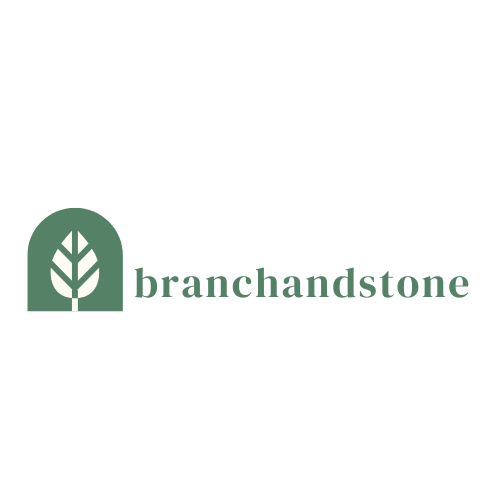A hardscape is any non-living landscape component—such as stone, brick, concrete, wood, or metal. Unlike plants, these elements form the backbone of outdoor spaces, defining function, flow, and aesthetics. From pathways directing foot traffic to patios extending living areas, hardscape features create order and purpose in garden and yard design. Below are the main types of hardscapes found in residential and urban landscapes.
Primary Types of Hardscapes
These elements shape how people use and move through outdoor spaces. An example of this is that some homeowners often work with professionals offering hardscaping services in Toronto or other areas to ensure features are durable and functional.
Driveways
Driveways are both functional and enhance curb appeal. Materials include stained or colored concrete, concrete pavers, and cobblestone. Some, like double-ribbon permeable pavers, offer visual interest and environmental benefits such as rainwater filtration.
Patios and Decks
Patios and decks extend living space outdoors. Patios typically use natural stone, brick, pavers, concrete, or tile, while decks rely on wood or composite materials. Patios highlight communal areas; decks offer elevated gathering or dining spaces.
Walkways and Pathways
Walkways and paths direct movement and prevent lawn damage. Common materials are pavers, brick, natural stone, stamped or poured concrete, terrazzo, glass pebbles, or gravel. Paths may be formal or informal, depending on layout and materials.
Retaining Walls
Retaining walls stabilize slopes, define boundaries, and aid drainage. They use concrete, stone, timber, or steel. Retaining walls also define spaces, create terraces, or integrate seating and planters.
Structural and Recreational Hardscape Features
These elements enhance usability and comfort in outdoor living spaces.
Fire Pits and Fireplaces
Fire pits and outdoor fireplaces create gathering points for warmth and relaxation. Built from stone or brick, they add visual appeal in the evening and cooler weather.
Outdoor Kitchens
Outdoor kitchens provide cooking and dining facilities in a hardscape. They typically include built-in grills, counters, sinks, and storage, with stone, brick, or composite countertops.
Pergolas, Gazebos, and Shade Structures
Freestanding structures, such as pergolas and gazebos, add shade, vertical interest, and focal points. Made from wood, metal, or composites, they can anchor seating or dining areas.
Water Features (Fountains, Pools, Streams)
Water features—such as fountains, pools, waterfalls, or streams—offer movement, sound, and visual interest. Though they use water, hardscape materials form their structure and containment.
Accessory and Decorative Hardscape Elements
These details boost function and visual appeal.
Planter Boxes, Seating, Bridges, Lighting, Signage
Smaller hardscape elements, such as built-in seating, planter boxes, bridges, lighting fixtures, and signage, enhance the layout, comfort, and visual interest.
Fences and Fencing Elements
Fences provide privacy, boundaries, and visual rhythm—using wood, metal, composite, or masonry to match the design.
In Summary
Hardscape elements are the structure of a well-designed outdoor space. They define boundaries, create structure, and provide activity areas—from driveways, patios, and walkways to retaining walls, fire features, and decorative accents. Choosing the right hardscape involves selecting materials that balance functionality, aesthetics, durability, environmental impact, and compatibility with surrounding plants. Thoughtful hardscaping and planting transform landscapes into inviting, lasting, and purposeful environments.

